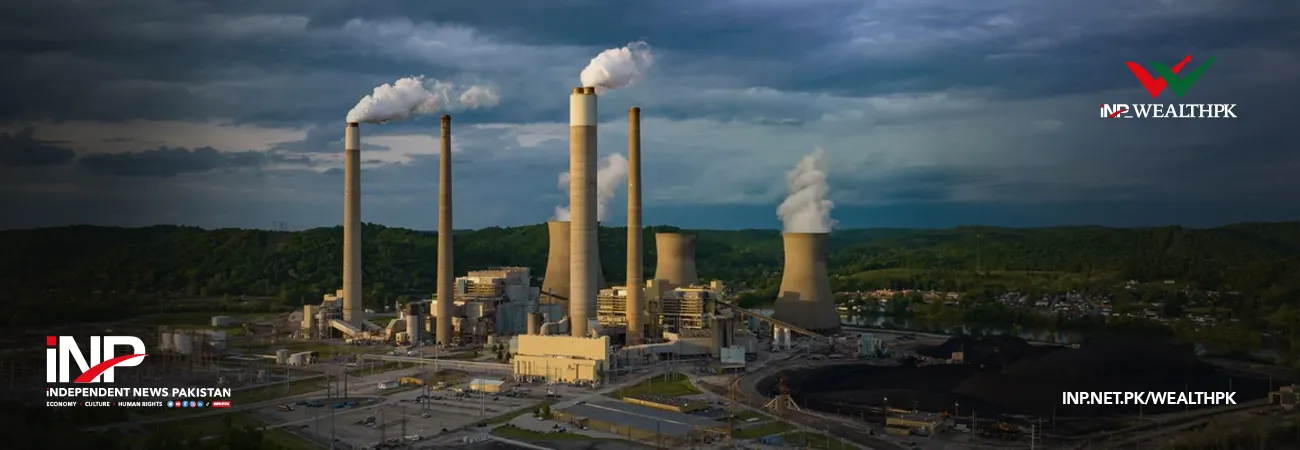INP-WealthPk
Ahmed Khan Malik
The Sindh government is working tirelessly to bring reforms in various sectors to reduce greenhouse gas emissions, reports WealthPK. According to the official documents, the province will earn $200-220 million, equivalent to around Rs63 billion, worth of carbon credits over the next two decades for its efforts to expand the mangrove forests. Under the Nationally Determined Contribution (NDC) to the United Nations Framework Convention on Climate Change in 2021, the Sindh government will work in the energy, industry, forest, agriculture and transport sectors to reduce its share of greenhouse emissions based on population, i.e. 55 tonnes of CO2 equivalents by 2035, official documents said. "We are already implementing two Indus Delta mangrove projects - Delta Blue Carbon 1 and 2 – in collaboration with a private entity to generate $14.7 million revenue for Sindh," Murtaza Memon, Chief Consultant Sindh Clean Energy Department," told WealthPK. He said around 21,000 jobs had been created so far besides investment in afforestation, restoration and re-vegetation of mangroves.
Under the development project "Restoration of Riverine, Inland, Mangroves, Dry-land & Urban Ecosystems of Sindh Province," which is 100 percent funded by National Disaster and Risk Management Fund (NDRMF), the plantation targets include regeneration and reforestation in the riverine forest over 30,000 acres, reforestation of in-Inland forests over an area of 3,000 acres, establishment of coconut/palm oil plantation over an area of 1,500 acres, renovation and rehabilitation of Kundah Forest resting area, and afforestation of mangrove forests over an area of 55,000 acres. Pakistan ranks among the ten countries worst affected by climate change, and within the country, Sindh province is one of the hardest-hit regions. The changing trends in temperature and precipitation have increased the frequency and severity of hazards such as floods, droughts, and heatwaves, among other environmental stresses. "Sindh has the highest exposure to hazards arising from climate change," said Khuda Bux Malhar, Director of Sindh Disaster Management Department, while talking to WealthPK. He said during the unprecedented rainfall in July and August 2022, Sindh was the most affected province, with 70 percent of its land submerged and over 12.4 million people affected.
The devastation wreaked havoc in the province, affecting almost all walks of life. Over 2 million houses, standing crops on 3.8 million acres, about 20,000 schools, and several other sectors were worst affected, with 24 out of 30 districts declared climate-hit. More than 1,000 people lost their lives. In addition to providing immediate relief and rescue, the provincial government and its partners also focused on mobilizing resources for recovery, rehabilitation, and reconstruction. "The Federal Ministry of Planning and Development, along with the provincial planning and development department, and line departments coordinated effectively to undertake "Post-Disaster Needs Assessment" to quantify the damage and losses which were estimated to be more than $20 billion for Sindh, constituting about 70 percent of the country's damage and losses," Malhar said. He said the government proactively worked on developing its own "Strategic Action Plan" for flood response, aligned with the contours of the national 4R (Resilient Recovery, Rehabilitation, and Reconstruction) Framework.
INP: Credit: INP-WealthPk













